Talking of search hits: recently, quite a few people have been searching for “secret tunnels under london” and finding this place. I’m not completely sure why, to be honest. I don’t know of any truly secret tunnels under London. I do know of a few lesser-known ones, though – the Tower Subway, for example, near City Hall; or the nearby remains of King William Street station.
It got me thinking, though, about Crossrail. It was in the news a lot a few weeks back, because the government finally decided to commit to building it; after fifteen years or so of back-and-forth dithering between several different governments, differing plans, and a very small part of it already built (a ventilation shaft near Moorgate). Just don’t mention the Chelsea-Hackney tube line, which has been on the planning books for even longer.
Crossrail is, essentially, to be an east-west express metro for London. It’s not the first express metro plan London’s had, though, and it’s not even the closest to completion. For that, you have to look at some more of the lesser-known tunnels under the city.
Back in the 1930s, the newly-created London Underground was in an expansionist mood, helped by government job-generation grants. It unified two separate routes to create the Northern Line; extended the Central Line westwards with help from the Great Western Railway; got the LMS Railway to give the District Line’s Southend trains separate tracks as far as Upminster; and planned to take over the LNER’s lines from Finsbury Park to High Barnet, Alexandra Palace and Edgware, and from Leytonstone to Hainault and Ongar, and extend the Central line eastwards from Liverpool Street to connect up with the latter. Those plans were well under construction in 1939, when, of course, building stopped.
Before the war started, it was well known that “air war” would be a major tactic. People had seen the effects of the Gernika raid* a couple of years before, and there were widespread worries that the country was unprepared for air attack.** So, in 1940, the government started to build mass air-raid shelters underneath existing Underground stations, with the plan being that they would be dual-use: after the war ended, they would become part of a new Express Northern Line beneath the existing one.
Several of the shelters were never used for their original purpose at all; those that did open, were not used until the V-weapon attacks towards the end of the war. Others were used to billet British troops, and for British government and American army offices. As for the express line that London Underground had been promised, it never did appear, and there was never even any serious attempt to build it. It seems more to have been a sweetener for London Underground, who at the start of the war were very reluctant to allow people to shelter in their stations rather than in the official ARP public shelters. Some of their worries were justified – in 1943, 104 adults and 69 children died in a crush accident at Bethnal Green; it remains the worst accident in London Underground’s history.*** It’s interesting to wonder what might have happened, though, if it had been built. London’s own RER, in the 1950s.
The tunnels are all still there, of course, underneath the active stations. The most visible is Stockwell – the brightly-painted structure north of the station, on the other side of the road, was the deep shelter’s entrance. Most are more anonymous, but all are still there, lying quiet underneath you. Secretly.
More on these shelters can be found at Subterranea Brittannica
* Spelling pedants: that’s its official modern spelling.
** See: Nevil Shute’s 1938 novel What Happened To The Corbetts. Shute was still a professional aircraft designer at the time, and his company had been asked to supply aircraft to the Abyssinians following the Italian invasion, so he was probably more aware than most of the threat that aerial bombing presented.
*** It’s a slight irony that the worst accident on London Underground was at an unopened station, on a line under construction – Bethnal Green is on the Central Line extension mentioned above.
Keyword noise: Bethnal Green, bomb shelter, Chelsea-Hackney Line, City & South London Railway, Crossrail, King William St, London, London Underground, New Works Programme, secret tunnels, shelter, Stockwell, Tower Subway, tunnel, underground, war.
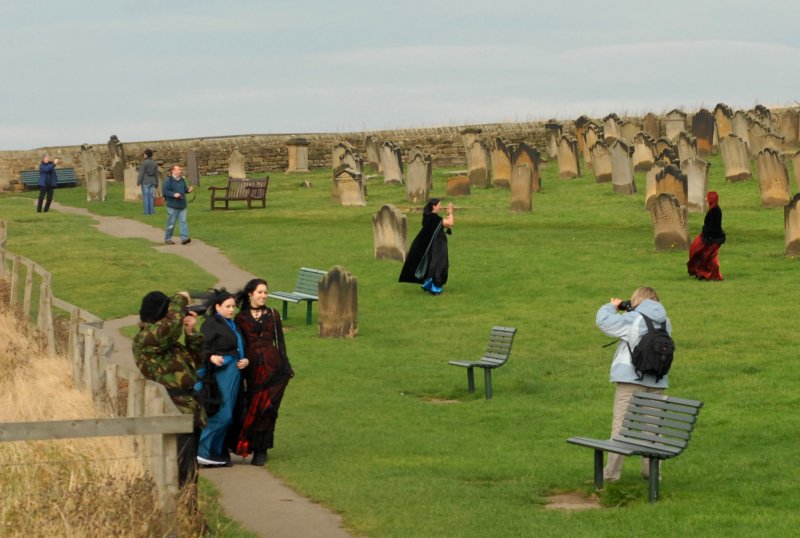
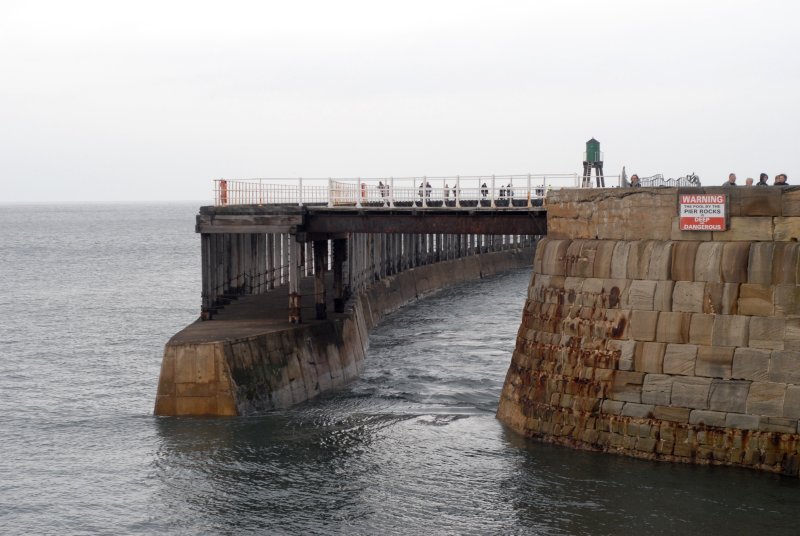
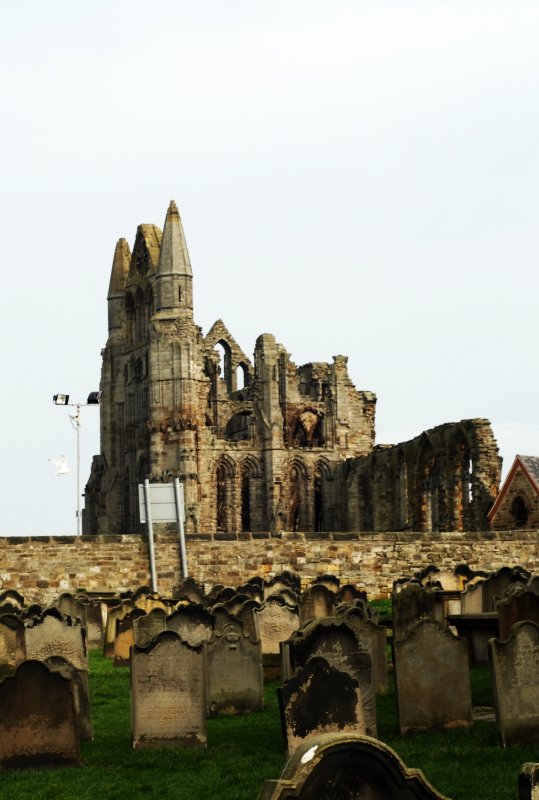
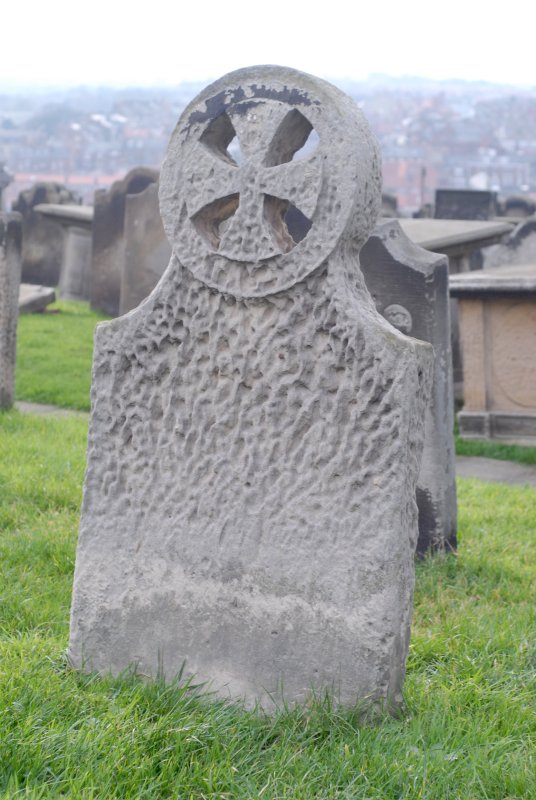

 Home
Home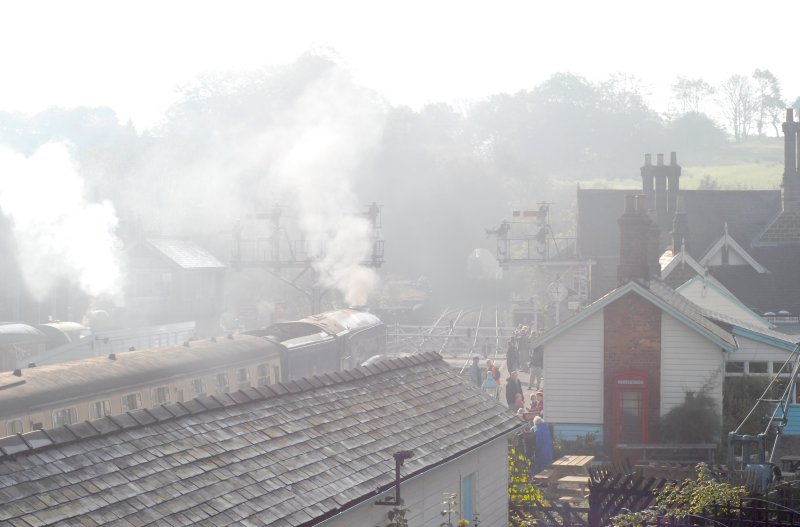
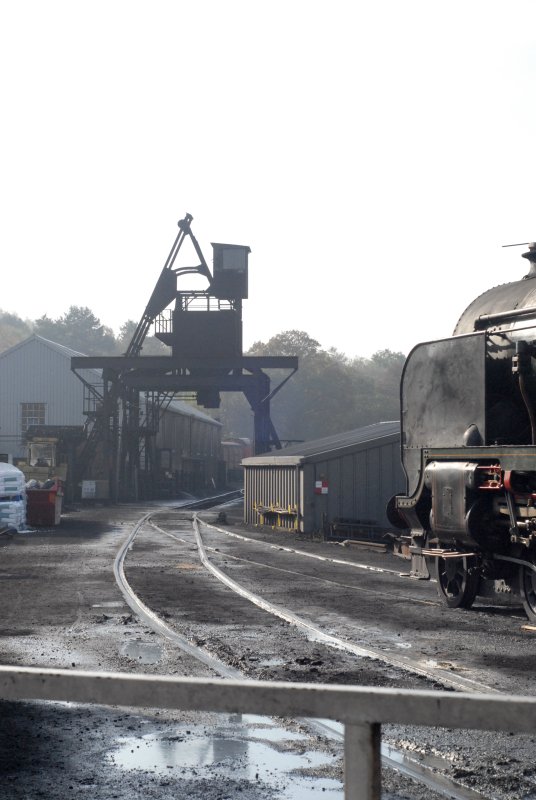
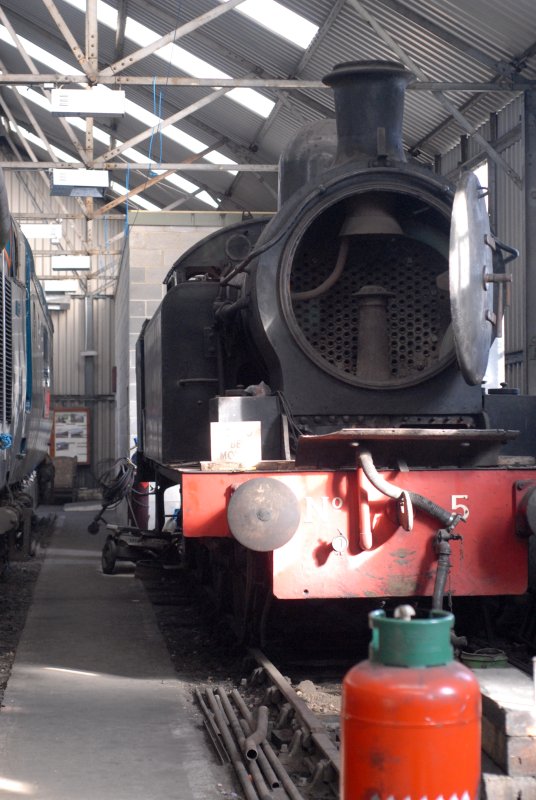
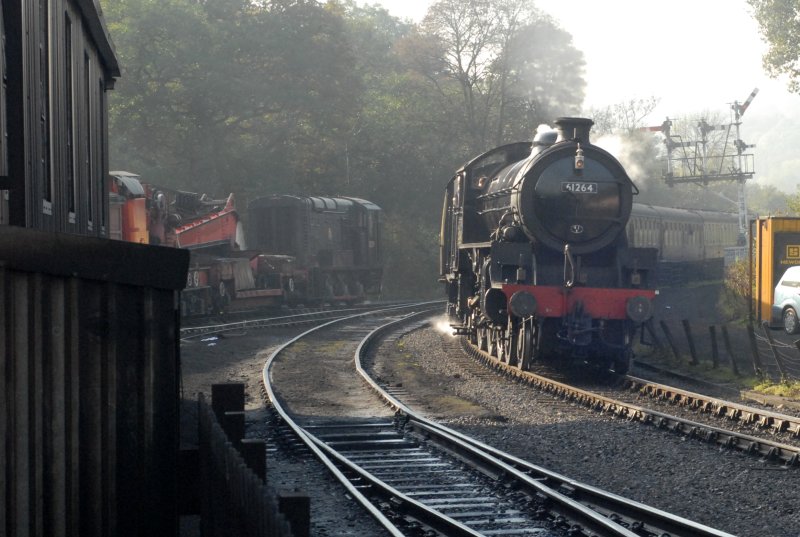
 Newer posts »
Newer posts »